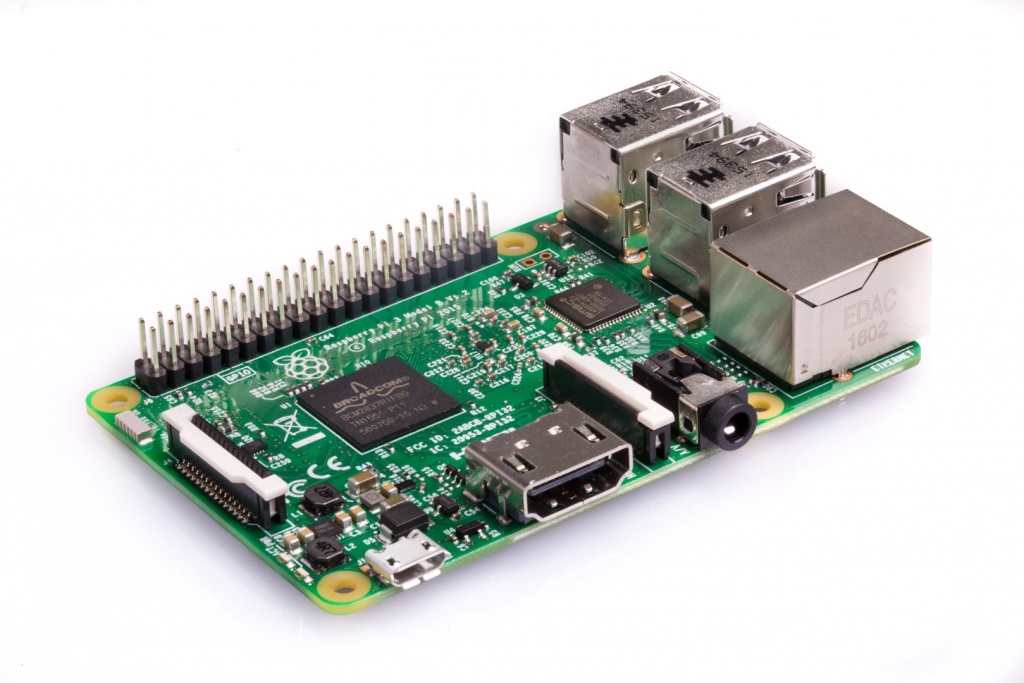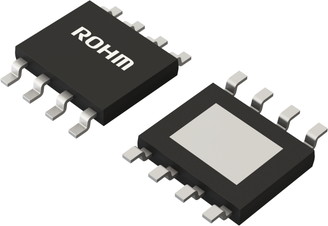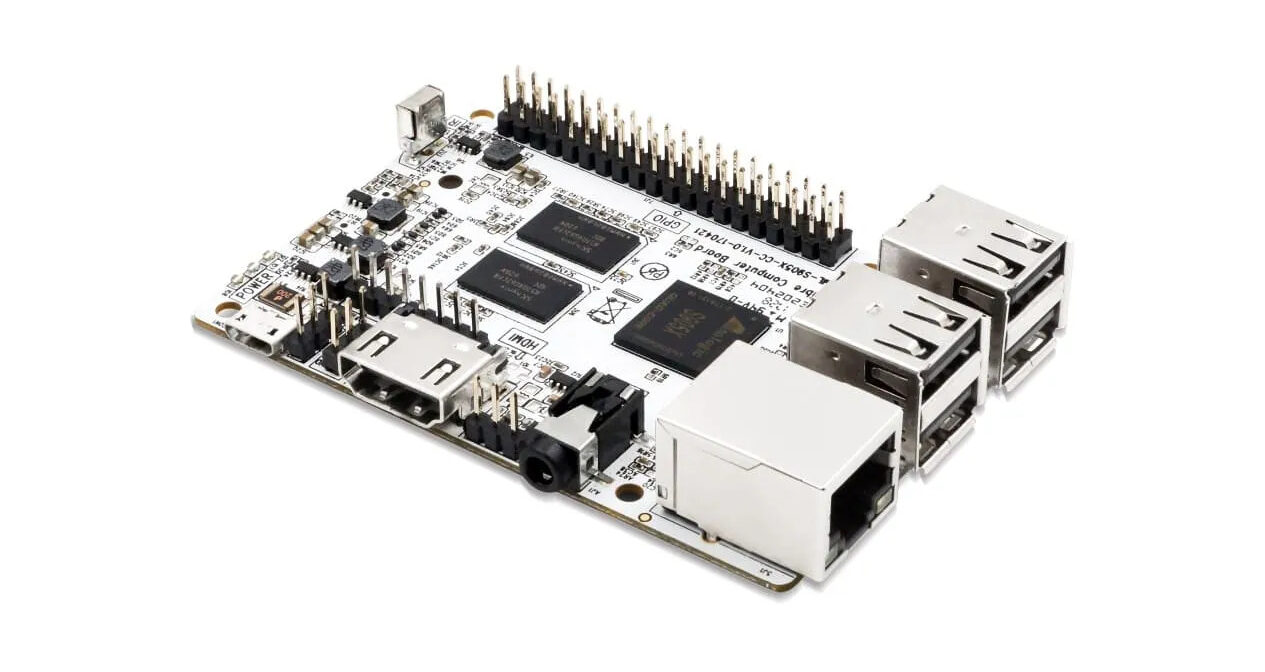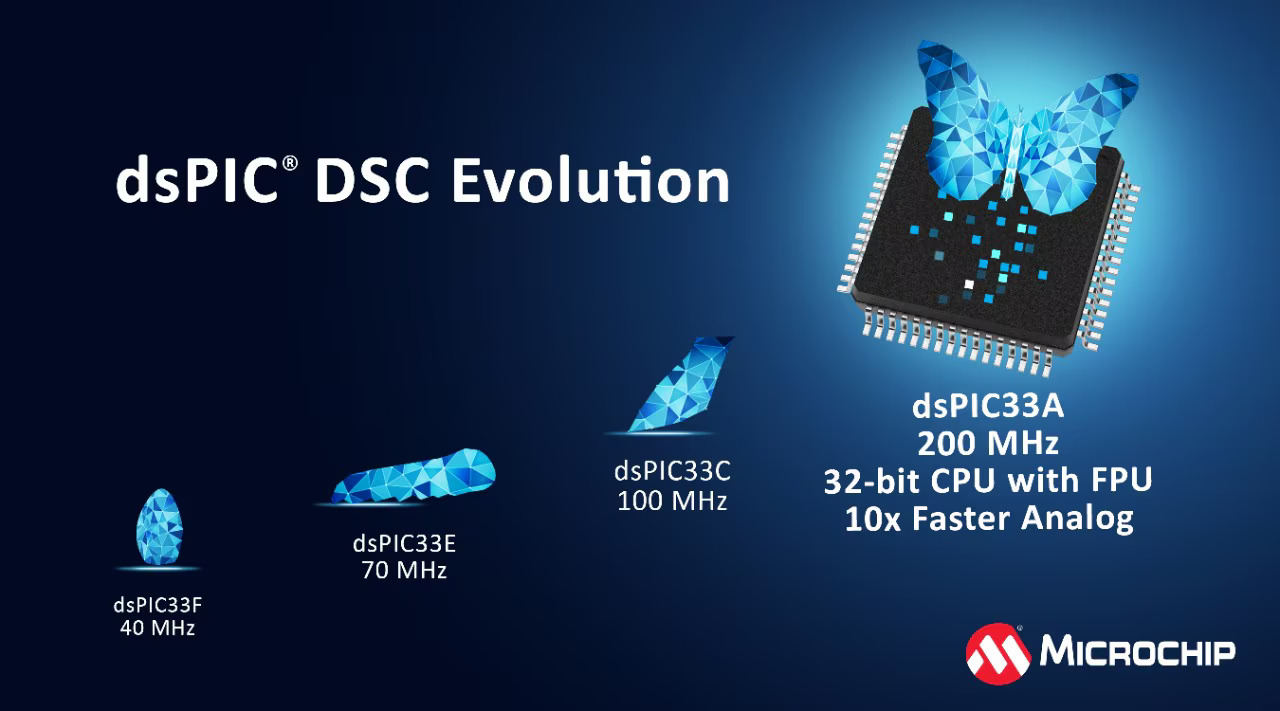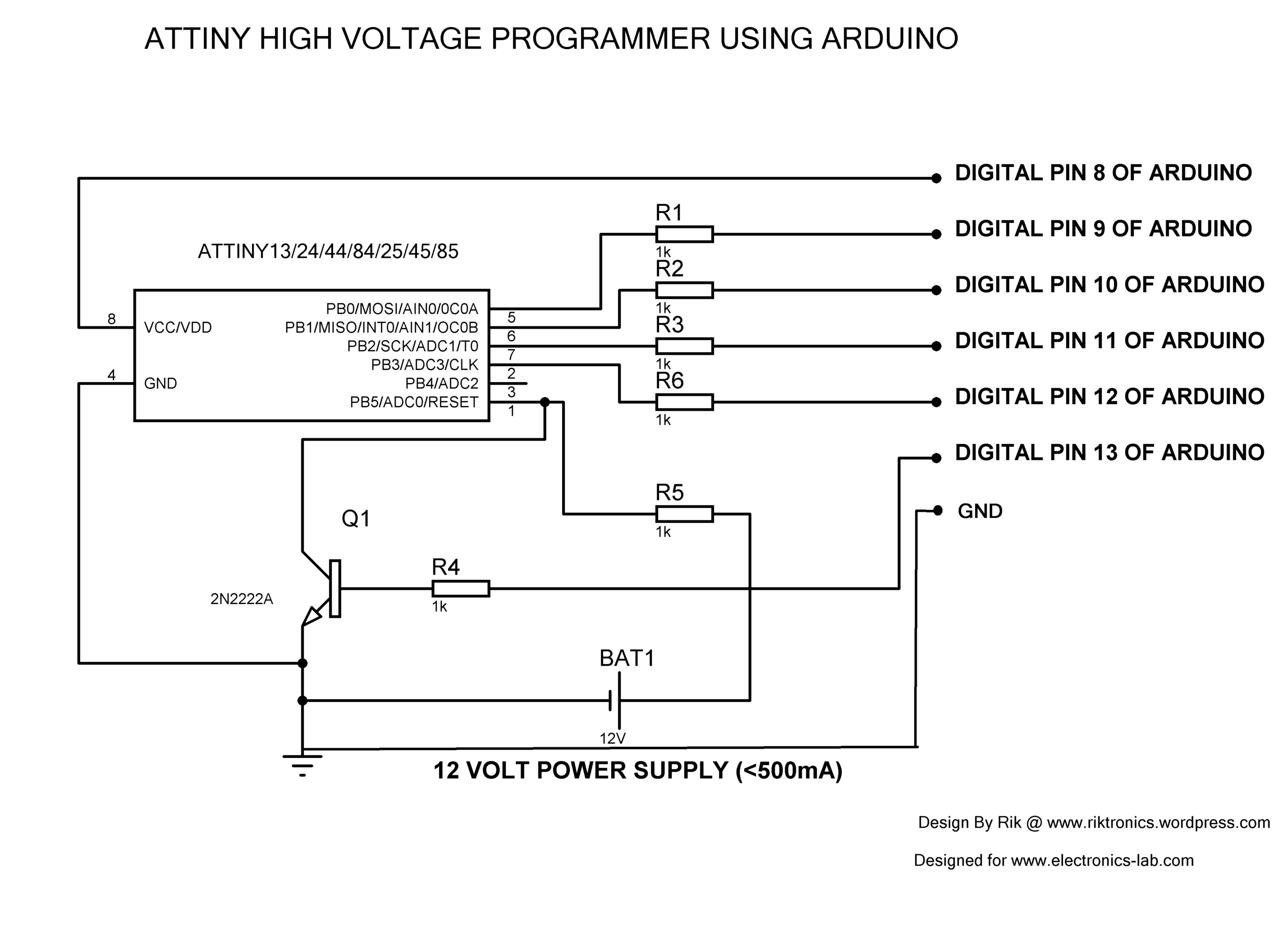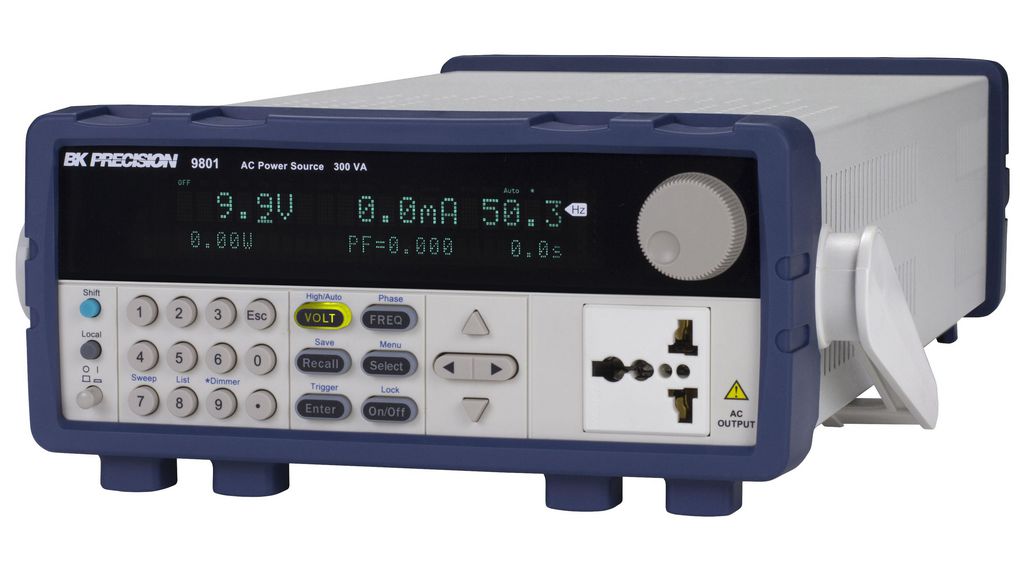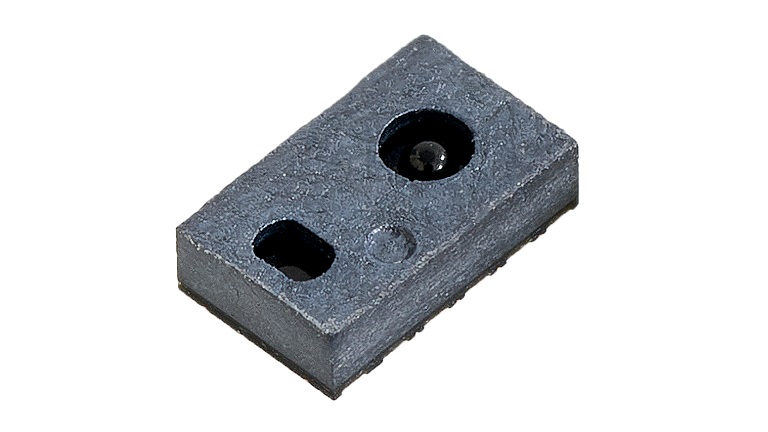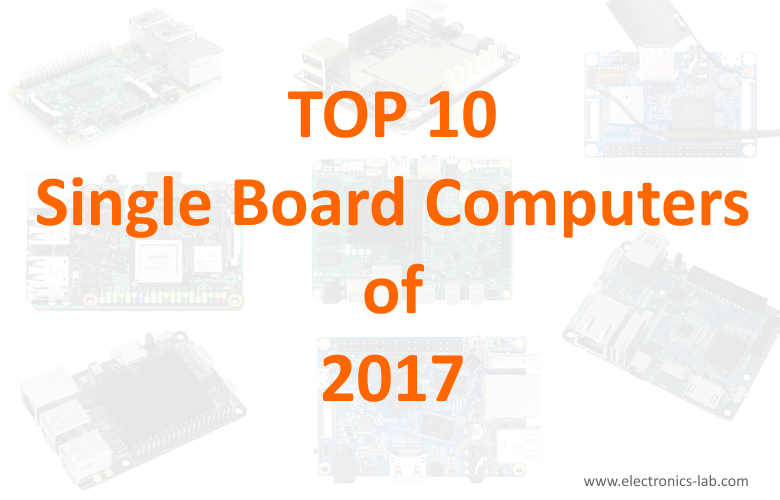
Introduction
Back in 2012, the arrival of Raspberry Pi started a new era of Single Board Computers – widely known as SBC. It attracted a huge number of hobbyists and tinkerers who are keen to create technology rather than just consuming it. Single board computers made designing complex and computationally expensive projects possible. Robotics, IoT, Computer Vision projects, DIY media center – just name it and SBC will get it done with ease.
Since the massive success of the Raspberry Pi, the market got filled with various single board computers from different developers. Almost all of them have similar features but with some uniqueness.
Nowadays, we can see SBCs as cheap as $9 to as expensive as $250. One should purchase an SBC carefully depending on the budget and the type of the project. This Top 10 List is based on the SBCs that were popular the previous year and it will help you to choose an SBC as per your requirement without much effort.
The Logic of Sorting
While sorting out some products and giving them ranks, the logic of sorting should be clarified. We can sort out SBCs in many ways – performance, form factor, price point, user community etc. In this article, we have kept hobbyists and tinkerers in mind and so, our primary focus is price point and performance at that price. As a result, some extremely powerful boards didn’t rank well just because of being too costly and not affordable by hobbyists. Also, we have not included boards introduced this year (2018) as the list is based on the top boards of the previous year (2017).
So, now you know how we sorted the boards. Let’s get started with the list.
1. Raspberry Pi 3 Model B
The Raspberry Pi 3 from the Raspberry Pi Foundation is the world’s most popular and most compatible single board computer. It has the largest following and the most active online community. There are plenty software and project guides available for Raspberry Pi than for all the other SBCs combined. It had to be our number one pick.
Highlighted Features:
- CPU 4x 64-bit ARM Cortex-53 cores @ 1.2GHz (Broadcom BCM2837)
- GPU VideoCore IV @ 400MHz
- RAM 1 GB SDRAM
- Storage MicroSD
- USB 4x USB 2.0
- Display Port HDMI (FHD), MIPI display interface, TRRS connector
- Connectivity Wi-Fi 802.11n / Bluetooth 4.1 & BLE / 10/100 Ethernet
- GPIO 40 Pin Extended GPIO
- Power 5VDC @ 2.5A max.
- Size 86 x 56 x 17mm
- Operating Systems Linux, Raspbian, Windows 10 IoT Core
Pros:
- It has the largest community support
- Easiest OS installation process
- Massive library of Raspberry OS available
Cons:
- The WiFi adapter cannot support more than 2.5MB/s
- A micro SD card is must for it to function
2. Rock64 Media board
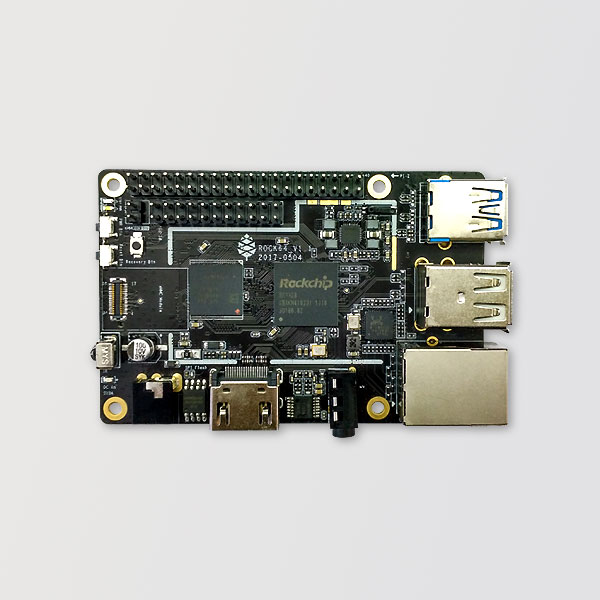
The ROCK64 is one of the best affordable single board computers from Pine64. This board has a quad core 64-bit CPU, comes with 1GB, 2GB or 4GB of RAM, has a USB 3.0 port, eMMC socket, supports 4K output, but sadly has no onboard support for WiFi or Bluetooth.
Highlighted Features:
- CPU Rockchip RK3328 (4x Cortex-A53 cores @ up to 1.5GHz)
- GPU Mali-450 MP2 GPU
- RAM 1GB, 2GB, or 4GB LPDDR3-1600 RAM
- Storage MicroSD slot, eMMC socket, 128Mb SPI flash
- USB USB 3.0 host port, 2x USB 2.0 host ports (1x OTG)
- Display Port HDMI 2.0 port for up to 4K @ 60fps HDR output
- Connectivity GbE port, Ethernet via GPIO
- GPIO 2x 20-pin “Pi2″ GPIO header, 2x 11-pin “Pi P5+” GPIO header
- Power 5VDC @ 2.5A with 3.5mm barrel jack
- Size 85 x 56mm
- Operating Systems Android 7.1, Debian, Yocto
Pros:
- Supports USB 3.0
- Can have up to 4gb of low power ram
Cons:
- No onboard Wi-Fi or Bluetooth
3. Raspberry Pi Zero W
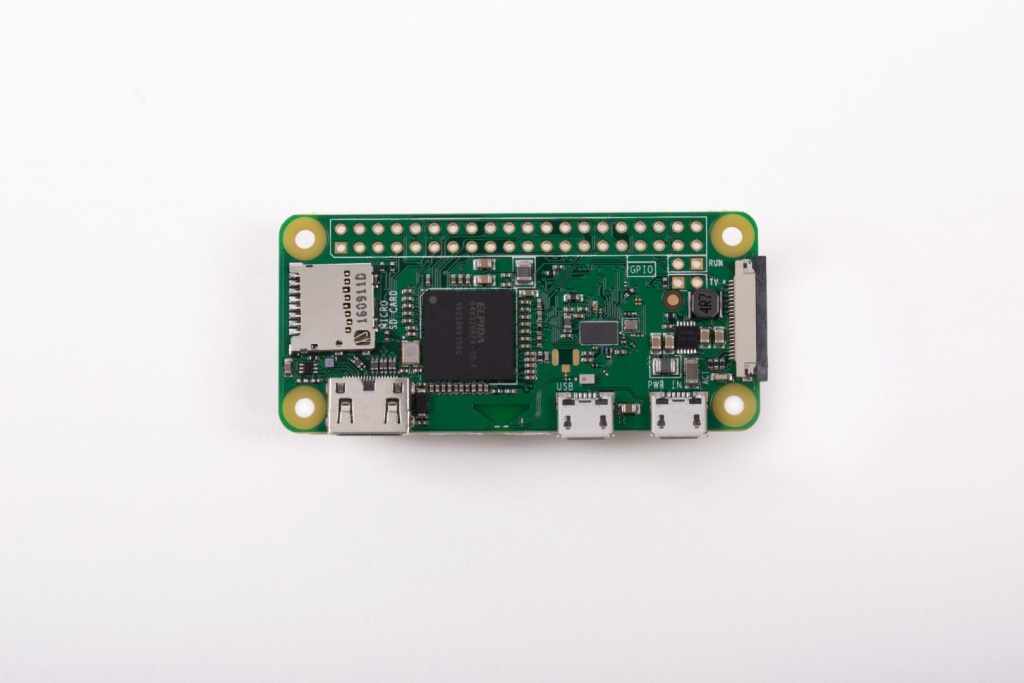
The Raspberry Pi Zero W is the cheapest board on this list, but it does come with all necessary features. Most importantly the inclusion of onboard Wi-Fi and Bluetooth plays a big role. The board has the same functionality and hardware of the prior Raspberry Pi Zero- 1Ghz single-core CPU, 512RAM, Mini HDMI and USB OTG ports, camera connector and composite video/reset headers.
Highlighted Features:
- CPU ARM11-based Broadcom BCM2836 SoC @ 1GHz
- GPU Videocore IV
- RAM 512 MB
- Storage MicroSD card slot
- USB 1 x micro USB
- Display Port mini-HDMI
- Connectivity 802.11n wireless LAN, Bluetooth 4.0
- GPIO Unpopulated 40-pin GPIO header
- Power 5V/2A
- Size 65 x 30mm
- Operating Systems Linux
Pros:
- Built-in WiFi and Bluetooth
- Very low price
- Suitable for most IOT projects
Cons:
- Weak Processing power
- Insufficient RAM
4. ODROID-XU4
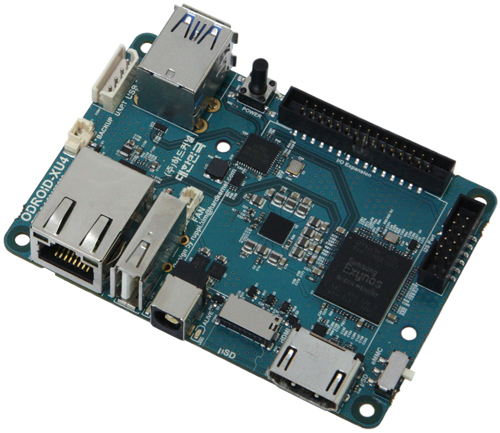
The ODROID-XU4 is one of the most famous single board computers from Hardkernel. This board has eight processor cores, 2GB of RAM, and can boot from either a micro SD card or an eMMC module. The Odroid-XU4 supports several versions of Android up to 7.1 Nougat, as well as Ubuntu 16.04, based on a Linux 4.9 LTS kernel.
Highlighted Features:
- CPU Samsung Exynos5422 (4x Cortex-A15 @ 2.0GHz and 4x Cortex-A7 @ 1.4GHz)
- GPU Mali-T628 MP6
- RAM 2GB LPDDR3 RAM
- Storage 64GB eMMC 5.0, MicroSD slot
- USB 2x USB 3.0 ports, 1x USB 2.0 port
- Display Port HDMI type A
- Connectivity 802.11b/g/n with antenna, Gigabit Ethernet
- GPIO 12-pin GPIO connector (GPIO, I2C, I2S)
- Power 5V/4A
- Size 82 x 58 x 22 mm
- Operating Systems Android up to 7.1 Nougat, Ubuntu 16.04
Pros:
- Two USB 3.0 ports for faster data transfer
- ODROID supports and can run a full desktop version of Ubuntu
- it contains a Gigabit Ethernet port
Cons:
- No power input/output via USB OTG
- Limited support for accessories and sensors
5. Orange Pi PC 2
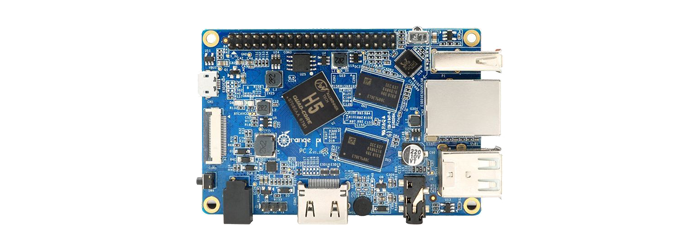
The Orange Pi PC is a great choice for low-cost Single Board Computer from the Shenzhen Xunlong Software Co. The open-spec Orange Pi PC 2 runs Linux or Android on a quad-core -A53 Allwinner H5 SoC and offers GbE, a 40-pin RPi interface, and three USB host ports.
Highlighted Features:
- CPU Allwinner H5 (4x Cortex-53)
- GPU ARM Mali-450 MP2 GPU (6x cores)
- RAM 1GB DDR3 SDRAM
- Storage 8MB NOR flash; microSD slot (up to 64GB)
- USB 3x USB 2.0 Host ports, Micro USB 2.0 OTG port
- Display Port HDMI output, A/V output on 3.5mm audio jack
- Connectivity 10/100/1000 Mbps Ethernet (RJ45)
- GPIO GPIO connector with 3x GPIO lines
- Power 5V/2A
- Size 85 x 55mm
Pros:
- Supports almost all OSes supported by Raspberry
- Great value for money
Cons:
- Has some thermal throttling issues
6. ODROID-C2
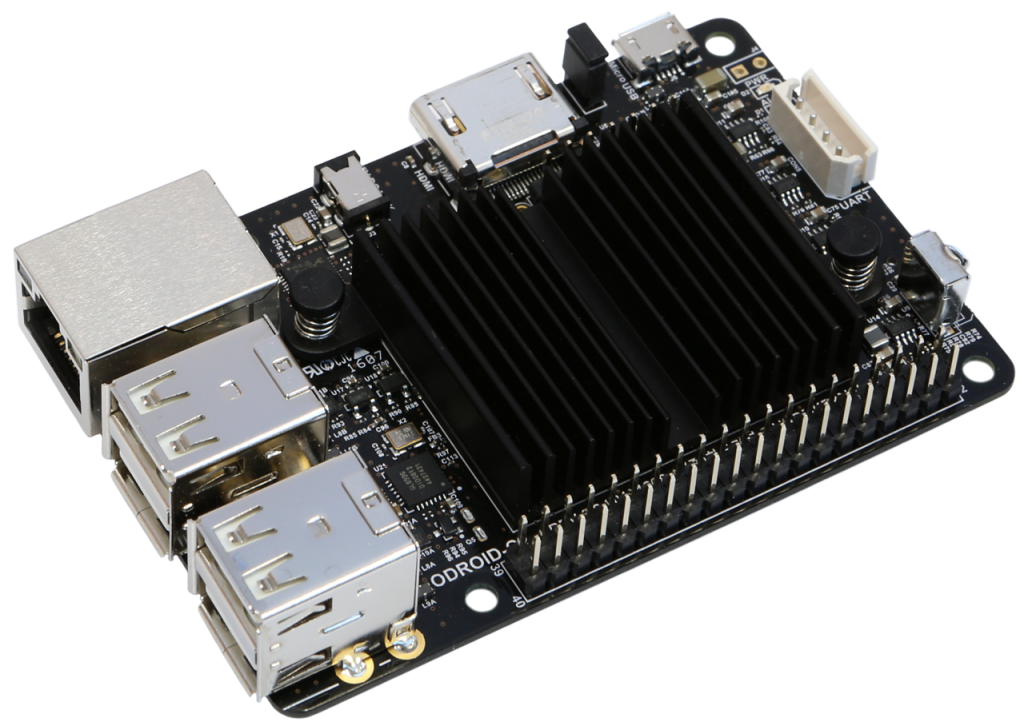
The Odroid-C2 came in second out of 81 hacker SBCs in a June 2016 survey. It’s faster and more open source than the RPi 3, but there’s no WiFi or Bluetooth, and the price has edged up to be $11 more expensive. The Odroid-C2 can output 4k/60Hz video, including GbE and HDMI ports, four USB host ports, and a 40-pin RPi connector.
Highlighted Features:
- CPU Amlogic S905 (4x 64-bit Cortex-A53 cores @ 1.5GHz)
- GPU Mali-450 MP2 GPU
- RAM 2GB DDR3 @ 912MHz
- Storage MicroSD slot UHS-1, eMMC 4.5 storage up to 64GB
- USB 4x USB 2.0,1x Micro-USB 2.0
- Display Port Full-sized HDMI 2.0
- Connectivity Gigabit Ethernet port
- GPIO 40+7-pin GPIO expansion connector
- Power 5V/2A DC input
- Size 85 x 56mm
Pros:
- Superior performance compared with other boards
- Built-in heat sink
- Relatively low power requirements
Cons:
- No built-in WiFi
7. Asus Tinker Board
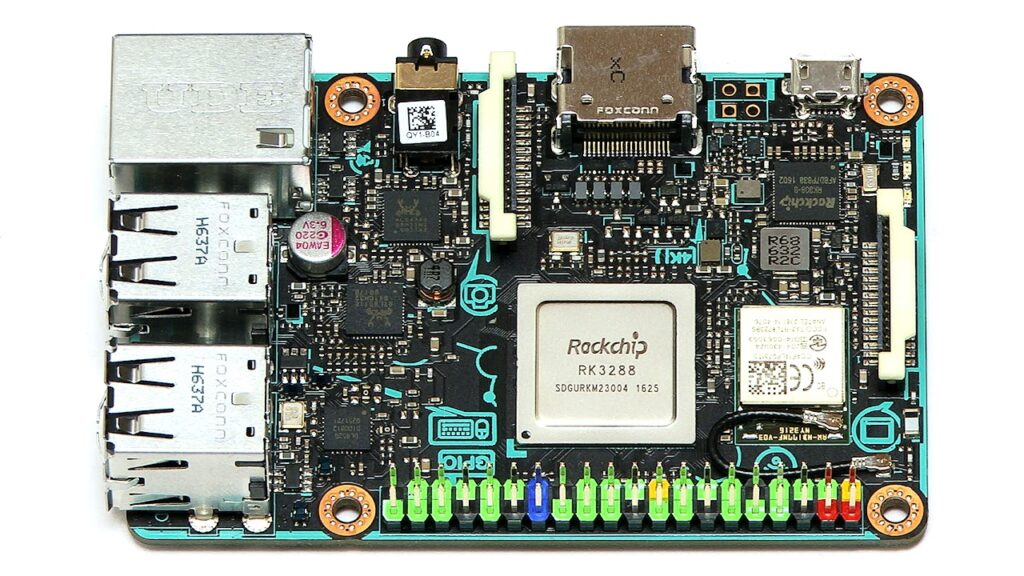
Asus Tinker Board looks pretty similar to Raspberry pi 3 but packs more power under the hood. Despite the price point being a little too high, you get what you pay for. With its Rockchip quad-core RK3288 processor and 2Gb of dual-channel DDR3 memory, it can outclass other SBCs in the price range. This board also supports Gigabit Ethernet (Gbe) LAN connection enabling usability as a fast server.
Highlighted Features:
- CPU Rockchip RK3288 ( 4x ARM Cortex-A17 @ 1.8 GHz)
- GPU ARM Mali-T764 GPU
- RAM 2GB DDR3 @ 912MHz
- Storage Micro SD(TF) card slot
- USB 4x USB 2.0
- Display Port Full-sized HDMI 2.0
- Connectivity 802.11 b/g/n, Bluetooth V4.0 + EDR, Gigabit Ethernet port
- GPIO 1x 40-pin header, 1x 15-pin MIPI DSI,1x 15-pin MIPI CSI, 1 x 2-pin contact pin
- Power 5V/2A DC input
- Size 8.55 cm x 5.4 cm (3.37 x 2.125 )
Pros:
- Built-in Wi-Fi and Bluetooth 4.0 connectivity
- Has its own Linux based Tinker OS that’s actually a customized version of Debian
- GPIO headers are colored to understand the pin mapping easily
Cons:
- The technical support provided by ASUS is lacking
- Higher price range
8. UDOO x86 Advanced Plus
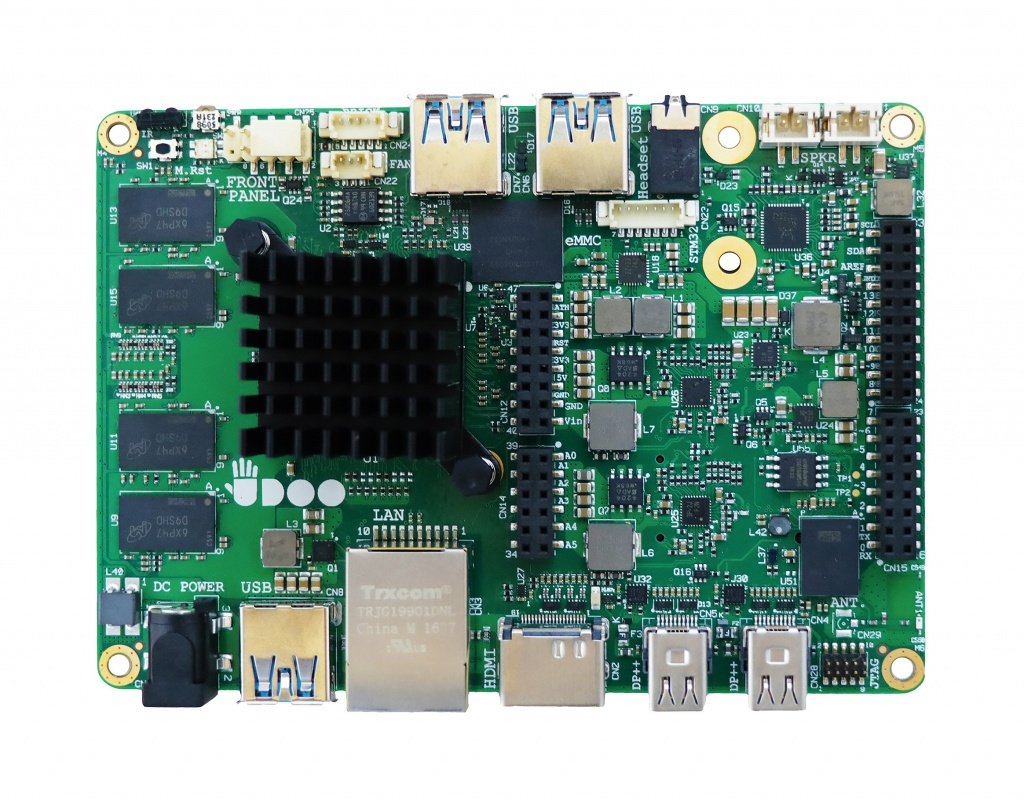
UDOO x86 is a very powerful maker board and also has an Arduino™ 101-compatible platform embedded. Being too expensive, it’s very powerful too. UDOO x86 advanced plus is based on Quad Core 64-bit new-generation Intel Celeron N3160 clocked at 2.24 GHz. The 4 GB DDR3L Dual Channel can handle all of your memory extensive tasks with ease.
In my personal opinion, this board is not suitable (neither affordable) for regular hobbyists. But if your project needs high processing power and price is not the primary concern, then this board is just a perfect fit.
Highlighted Features: [Intel Braswell Soc]
- CPU Intel Celeron N3160 ( 4x cores @ 2.2 GHz)
- GPU Intel HD Graphics 400 @ 640 MHz
- RAM 4 GB DDR3L Dual Channel
- Storage 32GB eMMC storage, Standard SATA connector, M.2 Key B SSD slot, Micro SD card slot
- USB 3 x USB 3.0 type-A sockets
- Display Port 1x HDMI, 2x miniDP++ connectors
- Connectivity Gigabit Ethernet connector, M.2 Key E slot for optional Wireless modules
- GPIO 20x extended GPIOs
- OS Windows 10, 8.1, 7, Any Linux Distribution for X86 platform, Android
- Power 5V/2A DC input
- Size 120mm x85mm (4.72″ x 3.35″)
Highlighted Features: [Intel Curie Microcontroller]
- CPU Intel Quark SE core 32 MHz + 32-bit ARC core 32 MHz
- Connectivity Bluetooth Low Energy (BLE)
- Digital I/O Pins 14x PWM pins
- Analog I/O Pins 6x pins (10-bit resolution)
- Arduino Pinout Arduino 101-Compatible and compatible with most Arduino Shields
- Sensor 6-axis sensor with accelerometer and gyroscope
Pros:
- The Advanced version has 4GB RAM that is higher than most of the SBCs and provides lightning-fast performance
- Embedded Intel Curie microcontroller with Arduino framework is a plus point that is missing in other SBCs
- Supports a wide range of OSs including full Windows 10
Cons:
- Extremely expensive. Hence, not suitable for hobbyists
- Community is not as big as Raspberry Pi community
9. Lattepanda
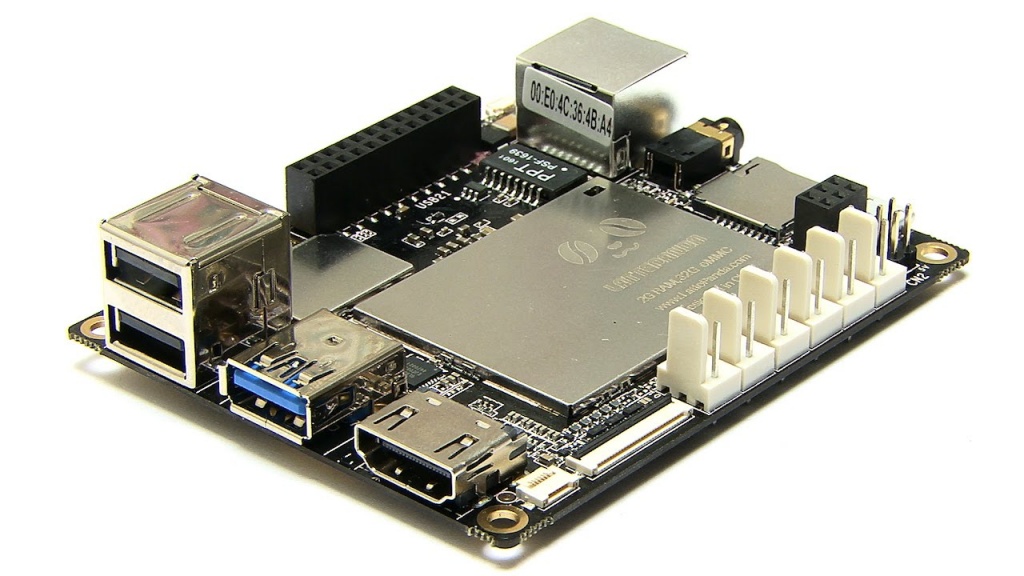
Lattepanda is another expensive single board computer but it differs from others as it’s a fully functional PC running Windows 10. LattePanda is the first development board to run a full version of Windows 10. It’s powered by Intel Cherry Trail Z8350 quad-core processor and also incorporates ATmega32u4 – an 8-bit microcontroller to run Arduino sketches.
Highlighted Features:
- CPU Intel Cherry Trail Z8350 ( 4x cores @ 1.8 GHz)
- Microcontroller ATmega32u4
- GPU Intel HD Graphics @ 200-500 MHz
- RAM 4 GB DDR3L Dual Channel
- Storage 64GB onboard storage
- USB 1 x USB 3.0, 2x USB 2.0
- Display Port HDMI and MIPI-DSI
- Connectivity 100Mbps Ethernet, WiFi and Bluetooth 4.0
- GPIO 6x GPIOs from Cherry Trail processor, 20x GPIOs from Arduino Leonardo 6x Plug and play Gravity sensor connectors
- OS Windows 10 Ful version
- Power 5V/2A DC input
- Size 88 x 70 mm/ 3.46 x 2.76 inches
Pros:
- Comes with Windows 10 built-in
- Ability to run full Windows 10 makes it a daily usage PC
- Onboard touch panel overlay connector
- Powerful processor and big RAM can handle applications without any problem
Cons:
- Much costlier compared to other SBCs
- Supports only Windows 10 leaving other OSs no chance
10. Orange Pi 2G-IoT
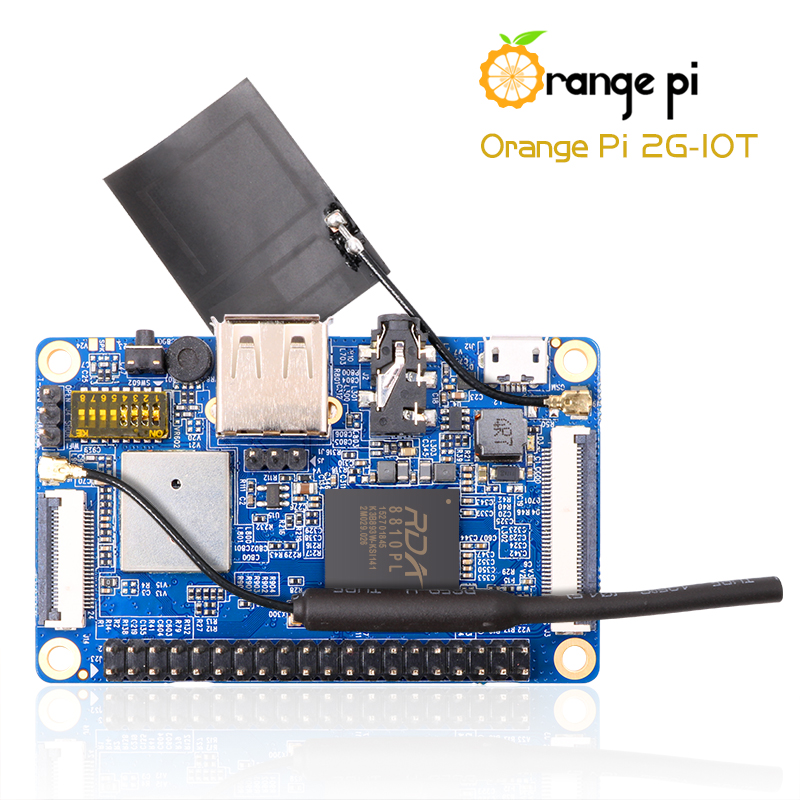
The Orange Pi 2G-IoT is a small form factor SBC that is designed to compete with the Raspberry Pi Zero. The specialty of Orange Pi 2G-IoT is the onboard GSM/GPRS connectivity, making it a perfect solution for IoT projects. The 2g-IoT is sporting an ARM Cortex-A5 32bit clocked at 1GHz with 256MB DDR2 RAM. It is definitely weaker than the above said boards, but its extremely cheap price and 2G connectivity feature makes it ideal for many basic level IoT projects.
Highlighted Features:
- CPU ARM Cortex-A5 32bit @ 1 GHz
- GPU Vivante’s GC860
- RAM 256MB LPDDR2 SDRAM
- Storage TF card, 512MB onboard NAND flash
- USB 1 x USB 2.0, 1x USB 2.0 OTG
- Display Port LCD connector
- Connectivity WiFi, Bluetooth, 2G SIM support with GSM/GPRS
- GPIO 1x 40 pin GPIO header
- OS Android 4.4, Ubuntu, Debian, Raspbian image
- Power 5V/2A DC input, Battery
- Size 67 mm × 42mm
Pros:
- Onboard 2G connectivity along with WiFi and Bluetooth
- Very low price
- Small form factor
Cons:
- Has not much power in terms of CPU
- RAM is only 256MB
Conclusion
We hope the above list helped you to get an idea about some popular Single Board Computers of the previous year. Please share your thoughts regarding the article in the comment below. Also let us know if you think the ranking should be any different, we’ll appreciate your view.





